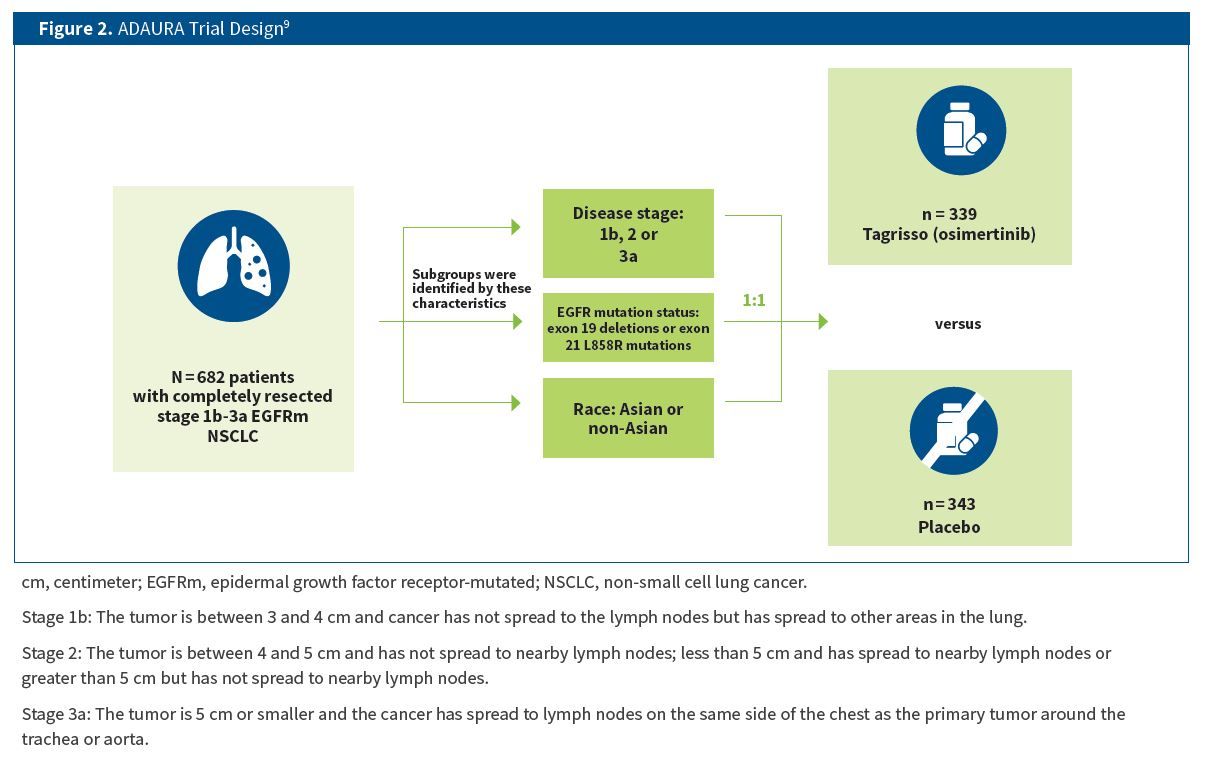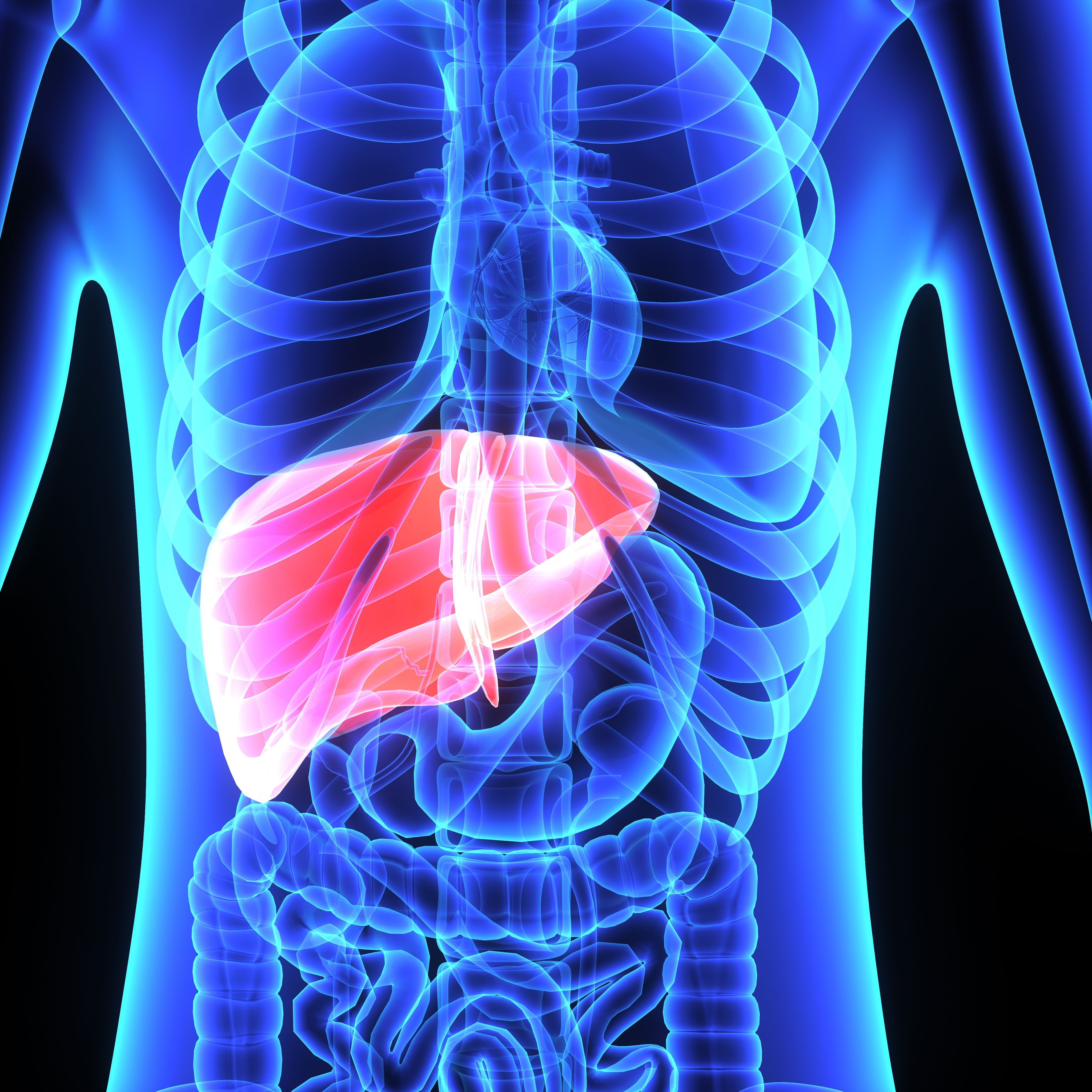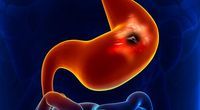Article
ASCO 2020: Results From the Phase 3 ADAURA Trial
The Educated Patient®: Research Updates provides current clinical updates for different disease states. The following information is for educational purposes and is not medical advice.
FOR YOUR REFERENCE: What Are Clinical Trials?
Clinical trials determine whether a drug works in humans and if it is safe and effective. To find out whether a drug can be approved for use, the Food and Drug Administration (FDA) requires four phases of a clinical trial. The number of participants increases in each phase, starting from 20 to
80 people for a phase 1 trial to up to 3,000 for a phase 3 trial (Figure 1).1
- Phase 1: tests an experimental treatment on a small group of often healthy people to judge its safety and side effects and find the correct dosage
- Phase 2: focuses on effectiveness and obtains preliminary data on whether the drug works in people who have a certain disease or condition
- Phase 3: gathers more information about safety and effectiveness, studies different populations and dosages, and examines use of the drug in combination with other drugs
- Phase 4: occurs after FDA approval; monitors safety and effectiveness in large, diverse populations; and collects information on long-term side effects

FOR YOUR REFERENCE: What Is EGFR Mutation-Positive NSCLC?
An estimated 80% to 85% of lung cancers are non-small cell lung cancer (NSCLC). Adenocarcinoma, squamous cell carcinoma, and large cell carcinoma are the main subtypes of NSCLC. Although these subtypes start from different types of lung cells, their treatment and prognostic outlook are often similar.2
Epidermal growth factor receptor (EGFR) is a protein on the surface of cells that normally helps the cells grow and divide.3 In EGFR-mutated (EGFRm) NSCLC, EGFR appears in high amounts on the surface of 10% to 20% of NSCLC cells, which makes them grow faster. EGFR inhibitors can target changes (mutations) in the EGFR gene, which are more common in certain groups, such as nonsmokers, women and Asian people.3,4
EGFR-positive lung cancer represents about 10% to 15% of lung cancer in the United States. Patients with EGFRm NSCLC tend to have the adenocarcinoma subtype of NSCLC and minimal to no smoking history, although this is not always the case.5
People with lung cancer may experience symptoms such as persistent coughing; coughing up blood or rust-colored phlegm; chest pain that is often worse with deep breathing, coughing or laughing; hoarseness; loss of appetite; unexplained weight loss; shortness of breath; fatigue; infections such as bronchitis and pneumonia that persist or recur; and new onset of wheezing.4
Treatment options for patients with NSCLC include surgery, radiofrequency ablation, radiation therapy, chemotherapy, targeted therapy and immunotherapy.3 EGFR status has the most treatment implications for patients with stage 4 cancer,5 meaning the cancer has spread to the lymph nodes and/or organs not near the lungs.6 Options include an EFGR-targeted tyrosine kinase inhibitor (TKI) and an EGFR inhibitor. Patients with earlier-stage cancers who have had their lung cancer surgically removed are also eligible to receive an EGFR inhibitor.5
FOR YOUR REFERENCE: What Medications Were Investigated in the ADAURA Trial?
Tagrisso (osimertinib) is an oral EGFR-targeted TKI that has shown efficacy in NSCLC metastases of the central nervous system.7 Tagrisso is approved by the FDA for treatment of adults with EGFRm NSCLC to help prevent recurrence of lung cancer that has been removed by surgery, as the first treatment for metastatic lung cancer or for treatment of metastatic lung cancer when previous treatment with an EGFR-targeted TKI has not worked or has stopped working.8
ASCO 2020: Phase 3 ADAURA Trial
The phase 3 ADAURA clinical trial evaluated the efficacy and safety of Tagrisso in patients with early-stage (stage 1-3a) EGFRm NSCLC who had their cancer surgically removed and received chemotherapy. Patients were grouped by stage, EGFR mutation type (exon 19 deletions or exon 21 L858R mutations), and race (Asian or non-Asian). They were randomly selected to receive either Tagrisso or placebo (Figure 2). The primary end point was disease-free survival (DFS) among patients with stage 2 to stage 3a disease. Secondary end points were DFS in the overall population of patients with stage 2b to stage 3a disease, overall survival (OS), health-related quality of life and safety.9,10

Results
The two-year DFS rates are represented below (Figure 3)10:
- Patients with stage 2 to stage 3a: Ninety percent of those in
the Tagrisso group and 44% of those in the placebo group were alive and disease free, with 83% reduced risk of disease recurrence or death. - Patients with stage 1b to stage 3a (overall population): Eighty-nine percent of those in the Tagrisso group and 52% of those in the placebo group were alive and disease free, with 80% reduced risk of disease recurrence or death.

At data cutoff, OS data were not mature. The safety profile for Tagrisso in the ADAURA trial was in line with what is known about the drug, with no side effects unexpected with EGFR inhibitors.9,11
On the basis of the findings of the ADAURA trial, Tagrisso was FDA approved for adjuvant therapy after tumor resection in patients with NSCLC whose tumors have EGFR exon 19 deletions or exon 21 L858R mutations as detected by an FDA-approved test.
Investigators concluded that adjuvant treatment with Tagrisso has shown clinically meaningful improvement in DFS and provides an effective new treatment option for patients with stage 1b to
stage 3a EGFRm NSCLC following complete tumor resection and adjuvant chemotherapy, when indicated.9
Not all patients qualify for certain clinical trials. If you are interested in enrolling in a trial, talk with your doctor about which treatment options would be most appropriate for you.
FOR YOUR REFERENCE: Glossary of Terms
Adenocarcinomas: cancers that start in gland cells; often not fully removable with surgery
Adjuvant therapy: additional cancer treatment given after the primary treatment to help wipe out remaining cancer cells and lower the risk that the cancer will come back; may include chemotherapy, radiation therapy, hormone therapy, targeted therapy or biological therapy
ASCO: American Society of Clinical Oncology
Chemotherapy: treatment that uses drugs to stop the growth of cancer cells either by killing the cells or by stopping them from dividing. These drugs are taken by mouth or injected and enter the bloodstream to help stop cancers that spread throughout the body. This can affect cancer cells and normal cells.
Disease-free survival: the period after a successful treatment during which there are no signs and symptoms of the disease that was treated
Efficacy: the ability to produce a desired outcome. In the case of cancer treatments, the desired outcome is a decrease in the number of cancer cells or the disappearance of cancer cells.
Epidermal growth factor receptor (EGFR): a protein on the surface of cells that normally helps the cells grow and divide. Sometimes non-small cell lung cancer cells have too much EGFR, which makes them grow faster.
Exon 19 deletions and exon 21 L858R substitutions: the most common EGFR mutations, accounting for approximately 90% of mutations in NSCLC; are sensitive to treatment with tyrosine kinase inihibitors and are predictors of high response rates to therapy
Epidermal growth factor receptor (EGFR) inhibitors: drugs that can block the signal from EGFR that tells the cells to grow. Some of these drugs can be used to treat non-small cell lung cancer.
Immunotherapy: type of therapy that uses substances to stimulate or suppress the immune system to help the body fight cancer, infection and other diseases. Some types of immunotherapy target only certain cells of the immune system; others affect the immune system in a general way.
Large cell (undifferentiated) carcinoma: one of several forms of non-small cell lung cancer; often develops in the outer regions of the lungs and tends to grow and spread rapidly
Placebo: an inactive substance or other intervention that looks the same and is given the same way as an active drug or treatment being tested. The effects of the active drug or other intervention are compared with the effects of the placebo.
Primary end point: the main result that is measured at the end of a study to see if a given treatment worked
Radiation therapy: type of cancer treatment that uses beams of intense energy to kill cancer cells
Radiofrequency ablation: a type of cancer treatment that uses high-energy radio waves to heat the tumor and destroy the cancer cells
Squamous cell carcinomas: cancers that begins in squamous cells found in the tissue that forms the surface of the skin, the lining of the hollow organs of the body, and the lining of the respiratory and digestive tracts
Stage: the extent of cancer in the body. Staging is usually based on the size of the tumor, whether lymph nodes contain cancer and whether the cancer has spread from the original site to other parts of the body.
Stage 1b: The tumor is between 3 and 4 cm and cancer has not spread to the lymph nodes but has spread to other areas in the lung.
Stage 2: The tumor is between 4 and 5 cm and has not spread to nearby lymph nodes; less than 5 cm and has spread to nearby lymph nodes or greater than 5 cm but has not spread to nearby lymph nodes.
Stage 3a: The tumor is 5 cm or smaller and the cancer has spread to lymph nodes on the same side of the chest as the primary tumor around the trachea or aorta.
Targeted therapy: a cancer treatment that uses drugs to target specific aspects of the cancer cells
References
- What are clinical trials and studies? National Institute on Aging. Accessed May 13, 2021.What are clinical trials and studies? https://www.nia.nih.gov/health/what-are-clinical-trials-and-studies
- About lung cancer. American Cancer Society. Updated October 1, 2019. Accessed May 11, 2021. About lung cancer. https://www.cancer.org/content/dam/CRC/PDF/Public/8703.00.pdf
- Treating non-small cell lung cancer. American Cancer Society. Updated February 22, 2021. Accessed May 14, 2021. https://www.cancer.org/content/dam/CRC/PDF/Public/8706.00.pdf
- Lung Cancer Early Detection, Diagnosis, and Staging. American Cancer Society. Updated April 22, 2021. Accessed May 11, 2021. https://www.cancer.org/content/dam/CRC/PDF/Public/8705.00.pdf
- EGFR and lung cancer. American Lung Association. Updated March 24, 2021. Accessed May 20, 2021. https://www.lung.org/lung-health-diseases/lung-disease-lookup/lung-cancer/learn-about-lung-cancer/how-is-lung-cancer-diagnosed/lung-cancer-tumor-testing/egfr
- Dictionary of cancer terms: stage IV non-small cell lung cancer. National Cancer Institute. Accessed May 20, 2021. https://www.cancer.gov/publications/dictionaries/cancer-terms/def/stage-iv-non-small-cell-lung-cancer
- Floc’h N, Lim S, Bickerton S, et al. Osimertinib, an irreversible next-generation EGFR tyrosine kinase inhibitor, exerts antitumor activity in various preclinical NSCLC models harboring the uncommon EGFR mutations G719X or L861Q or S768I. Mol Cancer Ther. Published online September 17, 2020. doi:10.1158/1535-7163.MCT-20-0103
- Tagrisso patient information. AstraZeneca. Accessed May 20, 2021. https://www.azpicentral.com/tagrisso/tagrisso.pdf#page=32
- Herbst RS, Tsuboi M, John T, et al. Osimertinib as adjuvant therapy in patients (pts) with stage IB–IIIA EGFR mutation positive (EGFRm) NSCLC after complete tumor resection: ADAURA. J Clin Oncol. 2020;38(18):LBA5. doi: 10.1200/JCO.2020.38.18_suppl.LBA5
- Wu Y-L, Tsuboi M, He J, et al. Osimertinib in resected EGFR-mutated non-small cell-lung cancer. N Engl J Med. 2020;383(18):1711-1723. doi: 10.1056/NEJMoa2027071
- FDA approves osimertinib as adjuvant therapy for non-small cell lung cancer with EGFR mutations. Food and Drug Administration. Accessed May 14, 2021. https://www.fda.gov/drugs/drug-approvals-and-databases/fda-approves-osimertinib-adjuvant-therapy-non-small-cell-lung-cancer-egfr-mutations





